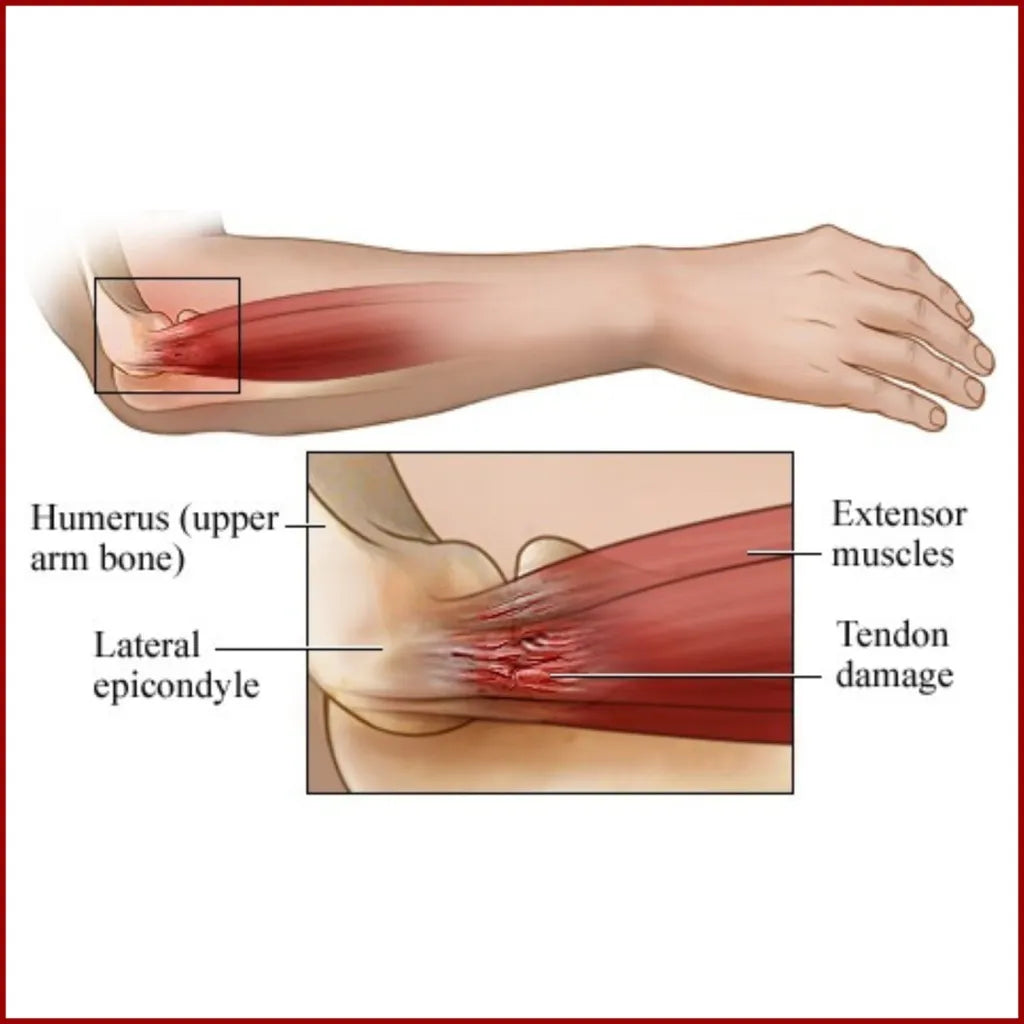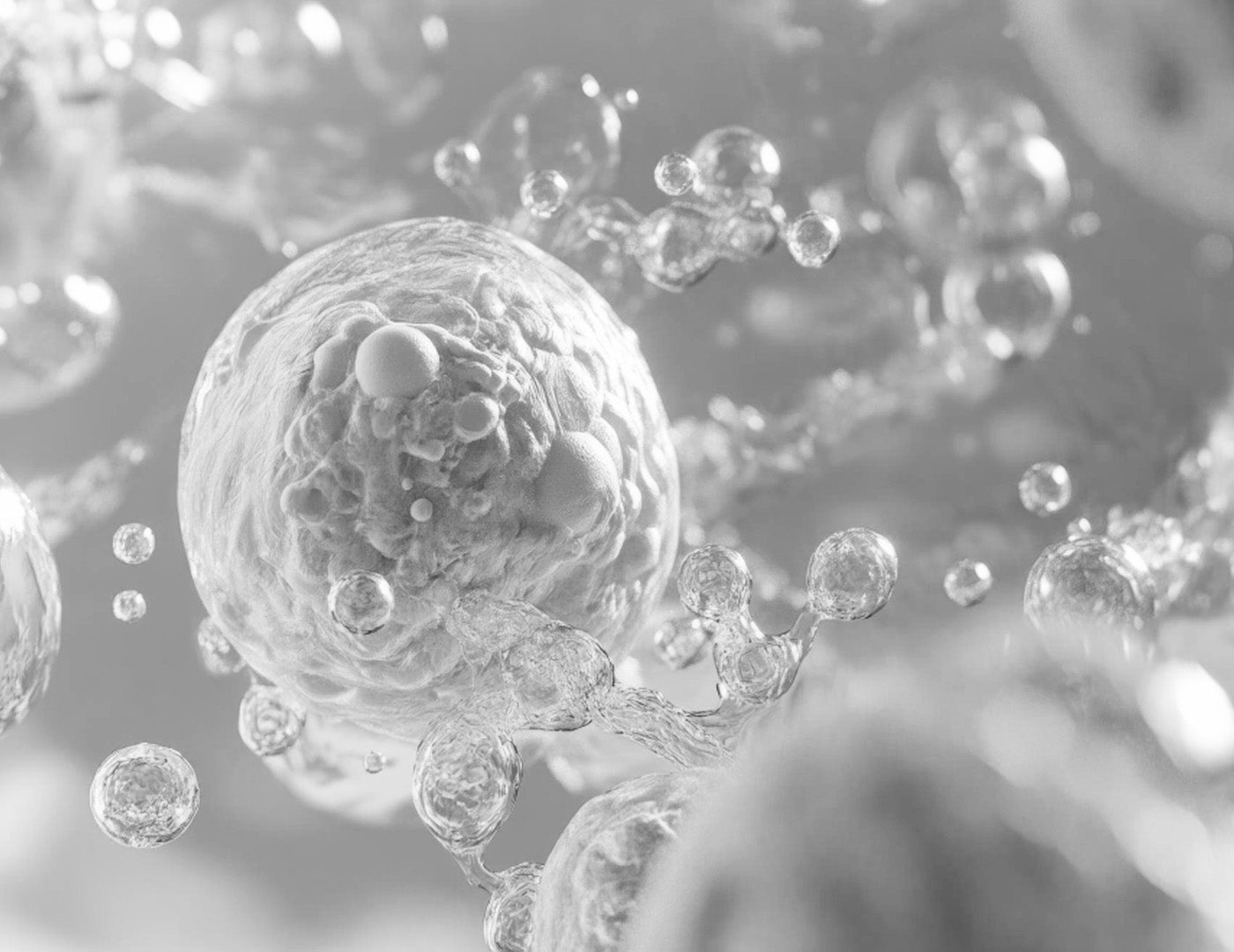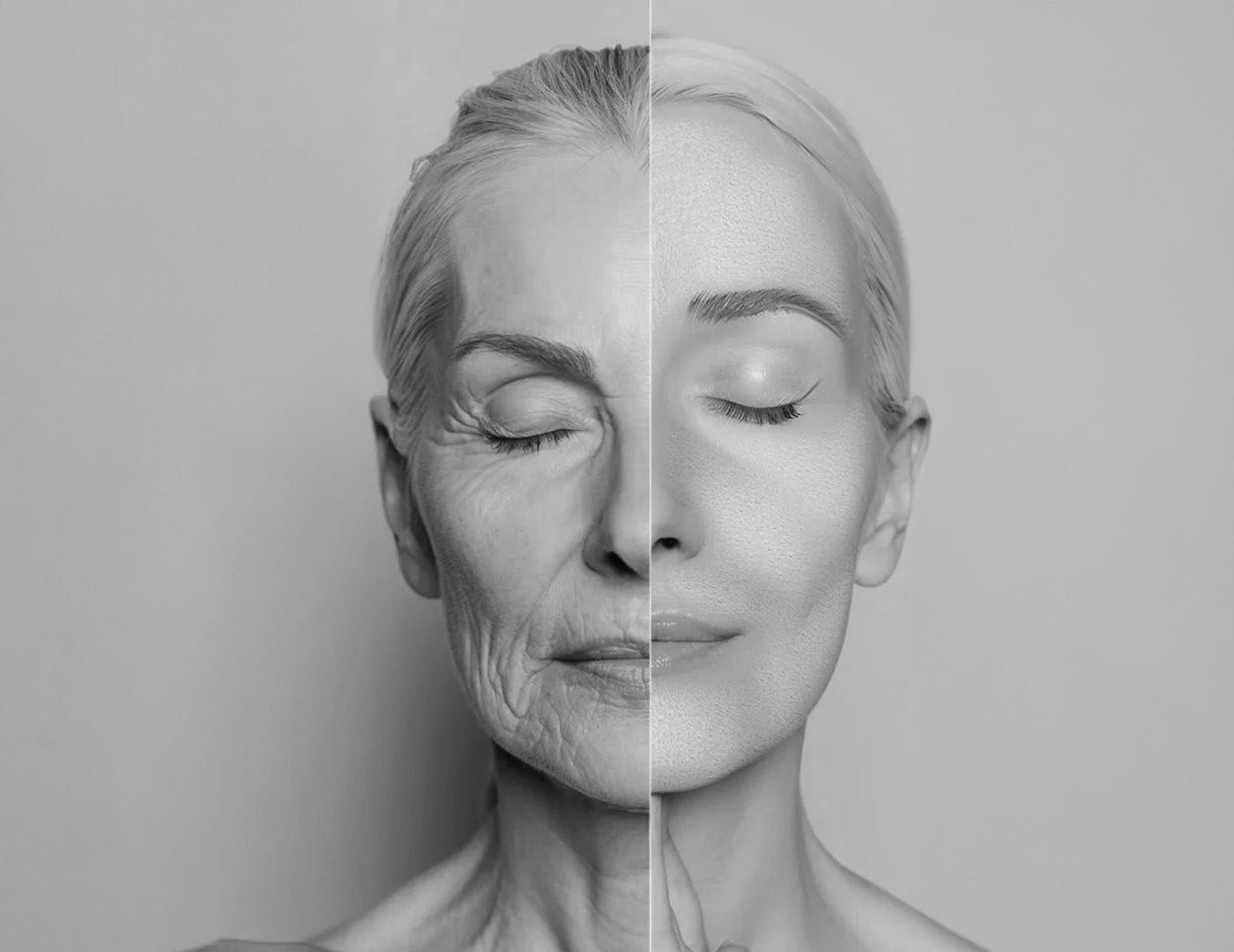FAQs for Regenerative Medicine & Longevity in Dubai
What is the principle of regenerative medicine?
Regenerative medicine involves the development of methods to repair and replace diseased or damaged cells, tissues, or organs to restore or establish normal tissue functions.
What are the methods of regenerative medicine?
Examples include cell therapies (the injection of stem cells or progenitor cells); immunomodulation therapy (regeneration by biologically active molecules administered alone or as secretions by infused cells); and tissue engineering (transplantation of laboratory grown organs and tissues).
Am I a candidate for Regenerative Medicine?
You may be a good candidate for Regenerative Medicine if you suffer from joint pain that limits your normal daily functioning or hysical activity. This includes chronic degenerative conditions like arthritis, but also can help acute injuries that have failed to get pain relief with more conservative treatment options, such as physical therapy, NSAIDS, or steroid injections. Our regenerative procedures provide you with another option if you would like to explore a minimally-invasive and safe alternative to a major joint replacement surgery.
What is PRP Therapy?
Platelet Rich Plasma (PRP) Therapy is a regenerative medical treatment that uses platelets and growth factors
from your blood to stimulate your body’s healing response. PRP can be used as a single treatment or a series of
treatments, but can also be used in conjunction with stem cell therapy to enhance the regenerative process.
What is Stem Cell Therapy?
Stem Cell Therapy is a regenerative medical treatment that uses your body’s stem cells to facilitate the repair of injured tissues, reduce inflammation, and ultimately assist with healing itself.
Are the Regenerative Medicine procedures safe?
Yes. Because the procedure involves taking your own tissue and cells, there is an extremely low risk of infection or immune reaction. The procedure is performed under sterile technique and with closed-loop sterile
processing of tissue to ensure the highest level of safety.
What are the disadvantages of regenerative medicine?
Stem cell therapy it can be expensive, as not all insurance plans cover it. Also, the regulation of stem cell treatments varies by country, which means some clinics may offer therapies that are unproven or potentially unsafe. There is also a risk of infection, as with any procedure involving injections or surgery.
What is the concept of longevity?
The definition of longevity is living a longer and healthier life. It means how long a person is going to live, and how healthy his later life will be. You can also understand the term longevity as the description of the state when a person lives beyond their average life expectancy [De Benedictis & Franceschi 2006]. Longevity can be considered as the average lifespan under ideal conditions.
What is longevity medical treatment?
Longevity medicine focuses on optimizing both lifespan and health span through medical interventions, therapies, and lifestyle practices. Its goal is to enhance overall health, prevent age-related diseases, and extend the years one can live in good health.
What are the 7 keys to longevity?
Schimpff’s longevity “keys” are both practical and deeply rooted in science. In fact, you’ve probably heard most of them before: Eat a healthy diet, exercise, get enough sleep, avoid tobacco, manage stress, stimulate your brain, and engage sociall
Is fasting good for longevity?
Past research suggests that calorie restriction without malnutrition may promote healthy aging and increase longevity. However, as calorie restriction is difficult to maintain and may not be a practical or safe long-term dietary pattern, scientists are exploring alternatives.
What is the risk of longevity?
Longevity risk is the potential for living longer than anticipated and exhausting your retirement savings. Eliminating longevity risk is unrealistic, but there are strategies you can use to minimize its effects. Revising your strategies and adjusting your financial plan may be necessary as you age.
Are Regenerative Medicine & Longevity procedures covered by insurance?
Your initial consultation will likely be covered by insurance, but like most newer techniques and technologies, the procedure itself is not covered by insurance at this time. Please speak to your doctor about using your flexible spending account to cover the procedure’s expense. Regenerative procedures are usually paid for out-of-pocket,unless they’re approved by workers’ compensation or auto insurance claims.
Prof. Dr. Robert Hierner at a glance.
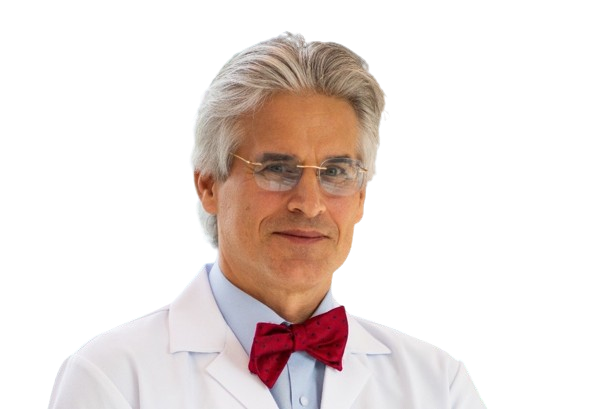
Ask the Expert about Regenerative Medicine & Longevity.
Prof. Dr. Robert Hierner specializes in regenerative medicine and longevity treatments in Dubai, utilizing advanced techniques to repair and replace damaged cells, tissues, and organs, thereby restoring function lost due to aging, disease, or injury.
Regenerative Medicine & Longevity - Procedures
Skin Rejuvenation
Regenerative Medicine works as an anti-aging agent when used on its own or in combination with other facial procedures.
By placing Exosomes, Stem cells or PRP back into the skin, cell proliferation is encouraged. This leads to an increase in elastin and collagen production.
As a result, the skin will look tighter, fuller, and smoother. Most therapy requires several (2 – 3) treatments 4–6 weeks apart. Maintenance treatments (“Booster”) are required every 6 – 12 months.
Main region treated are:
- Face
- Hands

(Acne) Scar Management
Regenerative Medicine treatments can assist your body to heal sun damage, acne scars, stretch marks and major or minor injuries. The number of treatments varies for each patient. However, we normally recommend a course of 3 – 6 sessions, at intervals of 4-6 weeks. The results of Exosomes, Stem Cells and PRP for acne scars are permanent as long as the original condition doesn’t recur.
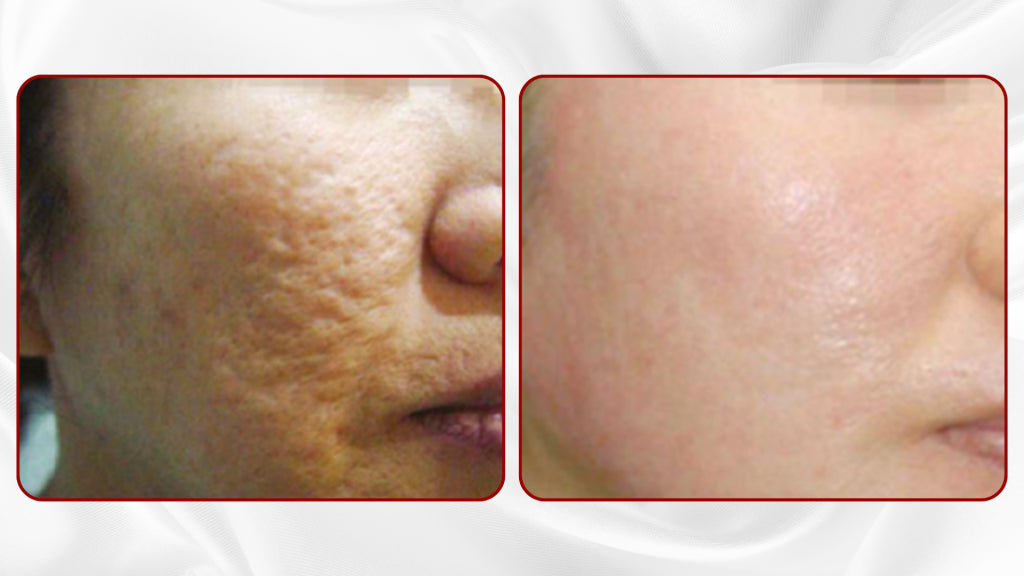
Osteoarthritis including Joint Regeneration and Pain Management
Although cortisone is known as one of the most powerful anti-inflammatory drugs, it should no longer be used for injection into joints as it contributes to additional cartilage damage Exosomes, Stem Cell or PRP (Platlet-rich Plasma).
Injections: Regenerative Medicine does result in improved joint pain and function in patients with osteoarthritis.
The recommendation is 3 injections one month apart, with a maintenance injection every 6 – 12 months thereafter. The results of the treatment are most noticeable after several weeks for joint injections, and are not permanent; patients may require additional injections (“booster”) at the direction of their doctor.

(Acute) Lesions in the Ligaments or Muscles
Exosome, Stem cell, PRP (Platlet-rich Plasma) Injections: Ligaments in particular can require a very long and painful recovery process, and it is just this that makes Exosomes, Stem Cells and PRP an attractive option for those who have experienced lesions in the tissues of the ligaments in this manner.
They are used as a biologic agent to enhance tissue and ligament repair. Once you complete the series of injections, the general healing period is four to six weeks.

Tendonitis, or Chronic Lesions in the Tendons
Regenerative Medicine can be especially effective in treating chronic injuries related to overuse and “wear and tear,” like golfer’s elbow, tennis elbow, and tendonitis types.
The recommendation is 3 injections (Exosomes, Stem Cells, PRP) one month apart, with a maintenance injection every 6 – 12 months thereafter.
Once you complete the series of injections, the general healing period is four to six weeks. Physical therapy may be recommended to you by your doctor when you hit the 5-week mark to aid your long-term healing.
